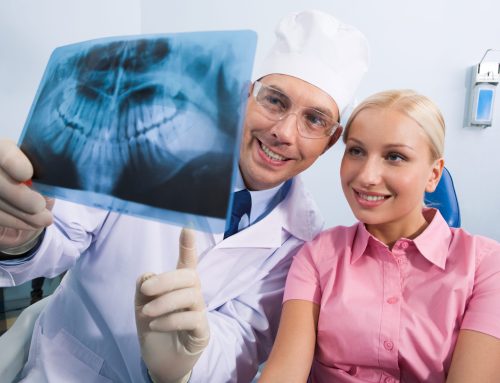High blood pressure (HBP), technically called hypertension, is a high risk factor for heart disease, and heart disease, according to the CDC is the leading cause of death in both men and women in the United States and worldwide (3). A diagnosis of HBP means, “the force of blood flowing through the blood vessels is consistently too high” (4). With or without medication, HBP is the first signal that you are in danger of heart disease.
High Blood Pressure by the Numbers
What is normal blood pressure? When the blood pressure cuff goes on, the reader records two numbers: an upper number (systolic) and a lower number (diastolic). At normal blood pressure, the upper number is less than 80, and the lower number is less than 120 (-80/-120). A higher number in the lower position 120-129 indicates blood pressure is elevated (-80/120-129). High blood pressure or hypertension stage 1 begins at 80-89 on the top and 130-139 on the bottom (80-89/130-139). Stage 2 hypertension begins at 90 or higher on the top and 140 or higher on the bottom (90+/140+). If the number on the bottom is higher than 120 and higher than 180 on the top (120+/180+), you are in hypertensive crisis and should call a doctor immediately (4).
How to Lower Blood Pressure
The best practice is to avoid high blood pressure altogether, but if your blood pressure is elevated, you should begin intervening. What can you do? Mayo Clinic recommends 10 ways to control high blood pressure naturally, without medication: lose weight, making sure also that your waistline is not larger than the largest recommended for men and women in your ethnic group; exercise regularly; eat a healthy diet; reduce sodium in the diet; limit alcohol; give up tobacco in any of its forms (even e-cigarettes); limit caffeine; reduce stress; monitor blood pressure at home and visit your doctor when recommended; and get support when you need it (4).
Avoiding and Lowering High Blood Pressure
However, there is one other successful means of both avoiding and lowering high blood pressure that Mayo Clinic did not list: achieving and maintaining optimum oral health.
Perhaps you have heard that good health begins in the gut, but consider that the gut, where digestion takes place, actually begins in the mouth.
You may also know that we all have bacteria in our bodies, some good and some bad. The good bacteria function efficiently in the digestive process. The bad bacteria, in contrast, cause problems in the mouth.
Bacteria enter the mouth when we eat, drink, and breathe. Harmful bacteria do not like oxygen. Since they don’t like oxygen, they the hide in the plague and tartar that collect around the base of the teeth. If good oral hygiene is not practiced, they gain entrance to the blood stream via small, ulcerated tissue under the gums. Bacterial infection produces an inflammatory reaction, and inflammatory substances enter and travel through the blood stream, along with the bacteria, putting the host at risk of all kinds of systemic diseases, like heart disease, diabetes, and cancer, to name a few (1).
Periodontal bacteria aid the complicated process of hardening and clogging the arteries (1). Therefore, if you control bacteria in your mouth, you avoid conditions that increase blood pressure, and if you already have high blood pressure, you can lower it by eliminating contributing factors.
Please keep in mind, however, that multiple risk factors influence your dental health. You need to know what other additional risks work against you.
Improving oral care may be a good place to start improving your overall health. Check out https://cleankiss.com/wp-content/uploads/cleankisshow.mp4
Changing homecare coupled with dental hygiene check ups is a good way to reduce your risk of gum disease. Clean Kiss theraputic mouthwash and toothpaste is money back guaranteed to reduce pocket depth when used twice daily as directed. Get both at cleankiss.com/shop and if this is your first order with us, use firstkiss coupon for free shipping. Already love us? Get Free shipping when you subscribe for 3 month autoship.
References
1. Jepsen, S. et al. “The fascination of science: The invisible made visible.” Chapter 3: Effect of periodontitis on sugar metabolism. (2012) Retrieved May 28, 2020, from https://cleankiss.com/videos/
2. Mayo Clinic Staff. (2019 January 9). “10 ways to control high blood sugar without medication.” Retrieved May 29, 2020, from https://www.mayoclinic.org/diseases-conditions/high-blood-pressure/in-depth/high-blood-pressure/art-20046974 4
3. Nichols, H. (2019 July 4). “What are the leading causes of death in the US? Retrieved May 29, 2020, from https://www.medicalnewstoday.com/articles/282929 2
4. “The facts about high blood pressure.” (2017 November 30). Retrieved May 29, 2020, from https://www.heart.org/en/health-topics/high-blood-pressure/the-facts-about-high-blood-pressure 1





